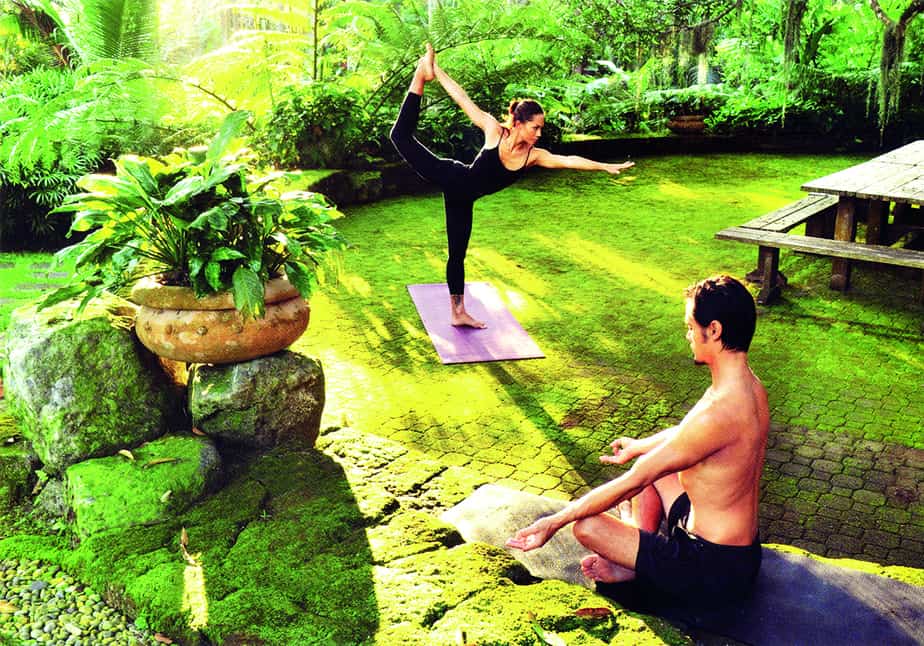
Ever wonder why some older people have hunched backs? This may be due to shrinking of bones which weakens the vertebrae. And this, in turn is due to osteoporosis, the bone disease. It can also lead to fractures, which is why an elderly person suffering a simple fall in the bathroom ends up with broken bones.
So how do you know if you are at risk? According to Dr Rajeev Verma, HoD of Department of Orthopaedics and Joint Replacement at Manipal Hospital, Dwarka (Delhi), “People can have osteoporosis without any signs or symptoms. In the past, it could only be detected after you broke a bone. But now there is a bone mineral density test (also called densitometry or DXA scan) that uses x-rays to measure how many grams of calcium with other bone minerals are packed into a segment of bone.” Alongside, Vitamin D is measured, as are serum calcuim, phosphorus and alkaline phosphatese.
Risk factors for the disease are steroid use or overuse, hormonal imbalance, extra body weight and overmedication. Your intake of Vitamin D may be low. And of course, your nutrition may be poor. The usual culprits are junk food, sugar, fizzy drinks, red meat, alcohol and excess caffeine.
A study conducted by N Malhotra and A Mithal of the Department of Endocrinology & Diabetes in New Delhi’s Indraprastha Apollo Hospital points to some interesting facts: “Osteoporotic fractures in India occur commonly in both sexes, and may occur at a younger age than in the West. Recently published data have clearly demonstrated widespread vitamin D deficiency across India, at all ages and in both sexes, particularly in the urban areas.”
It is ironical that in this land of abundant sunshine, Indians are depriving themselves of a free resource simply by staying indoors all the time.
The Apollo study found that although exact numbers are not available, based on available data and clinical experience, on estimated 25 million Indians may be affected. Osteoporotic fractures in India occur commonly in both sexes, and may occur at a younger age than in the West. Recently published data has clearly demonstrated widespread vitamin D deficiency across India, at all ages and in both sexes, particularly in cities.
Dr Dhananjay Gupta, Director of Orthopaedics and Joint Replacement Surgery at Fortis, Vasant Kunj, says, “Nature has been harsh on women,” as post menopause, their bones became weaker. The best prevention is to have a good calcium deposit in the body. “Think of it as money deposited in your bank by the age of 30 – this is the ‘saving’ you will use up all your life.” He does not think joining the gym at a late age, usually to shed weight, is a good idea for bone health. Instead, walk in the great outdoors.
Why does osteoporosis become apparent in old age? Well, this may be because of the creeping effect of sedentary lifestyles and bad nutrition. These days, even in their spare time, people tend to hunch over their phones or slouch on couches watching TV, rather than venture out into the fresh air and sunshine. Everyone needs at least 20 minutes of exposure to the sun every day, which was not a problem in the last century, as there was no online shopping or home delivery. Even lack of activity poses problems, which in old age may be a result of other medical conditions that sap energy or prevent mobility. For women, it could be because of loss of calcium after menopause.
However, as with other conditions like heart disease and cancer, the age of onset is getting lower, so that middle-aged people in their 40s or 50s can end up in the doctor’s clinic, especially if there is a family history and a deficient diet. After 30, most people reach peak bone density, so it is very important to build strong bones in the first three decades of your life. Do weight training at least three times a week or walk with a load, as in shopping.
A diet for good bone health would include dairy (yoghurt, cheese, lassi, chhanch). Fish and seaweed should be consumed, so should fruits, nuts, sesame seeds, citrus fruits, and iron-rich food. For non-vegetarians, bone broth is recommended, as it contains collagen and protein in natural form. If you can’t change your diet, take supplements of magnesium, calcium, vitamins, omega 3 or collagen.
Dr Reshma is an advocate of wellness, prevention and holistic health.
Rival leagues trigger players’ suspensions and a legal battle in Indian golf, for now
Former Delhi CM Kejriwal criticises Centre, Delhi govt over worsening air pollution, alleges AQI manipulation
Delhi Police raids Nangloi unit producing fake engine oil, seizes over Rs 1 crore worth…
Mukesh Sharma reimagines digital components as living matter in his solo exhibition ‘Decoding Digital DNA’
Nine accused were arrested in coordinated raids as police uncovered organised networks supplying mule bank…
Nearly 1.57 lakh PUC challans issued in two months as Delhi steps up GRAP enforcement…